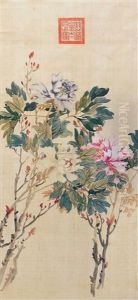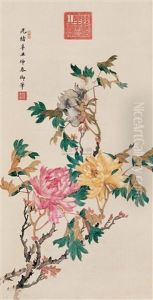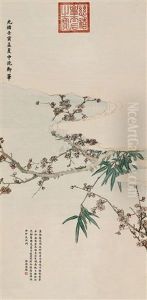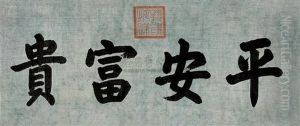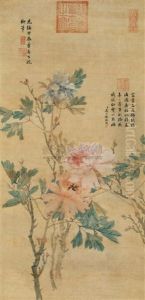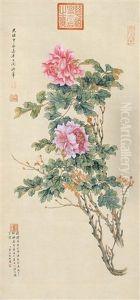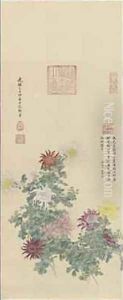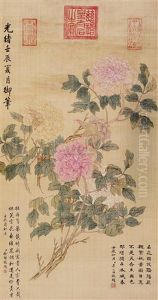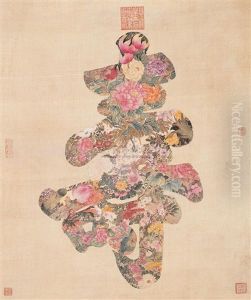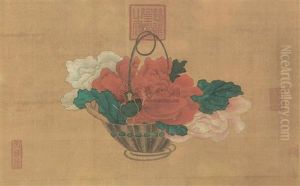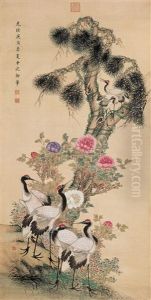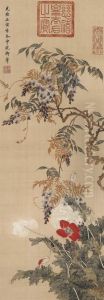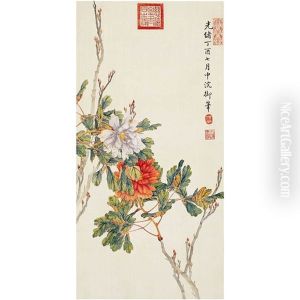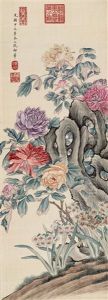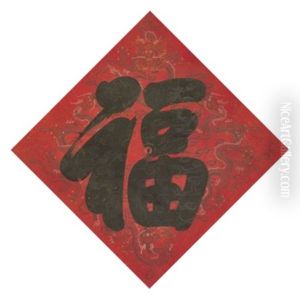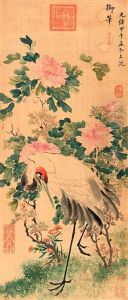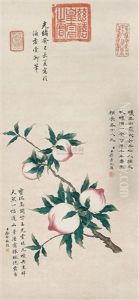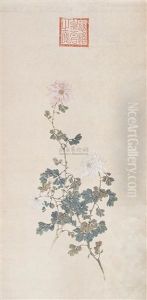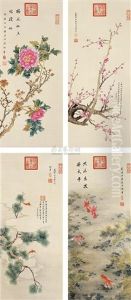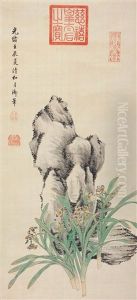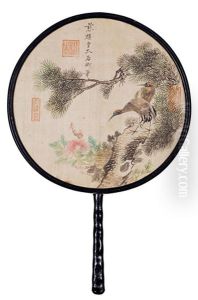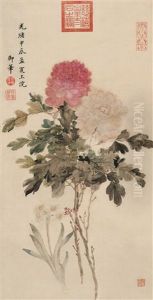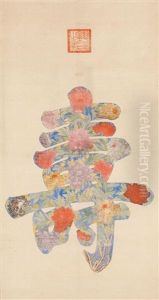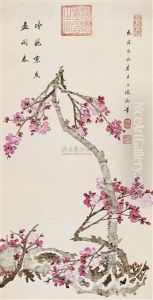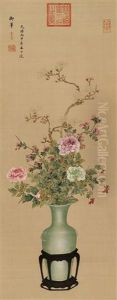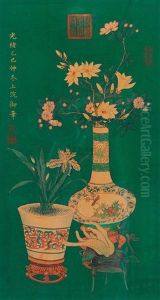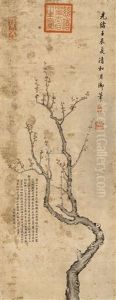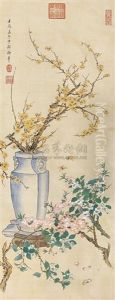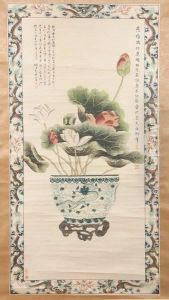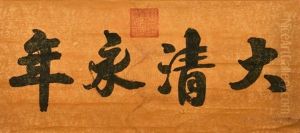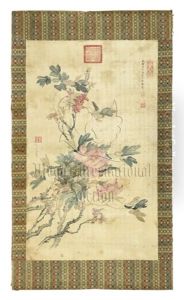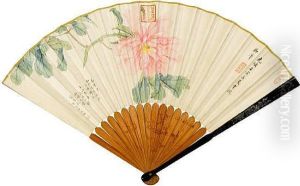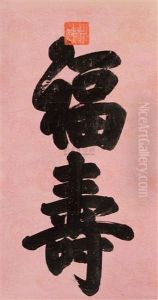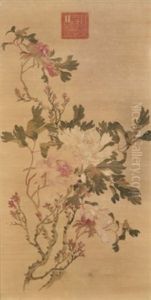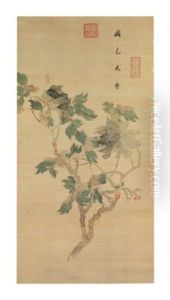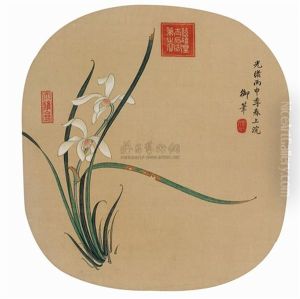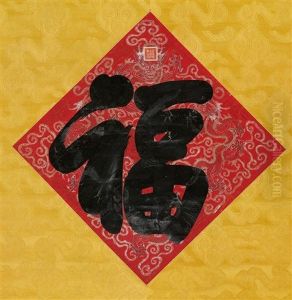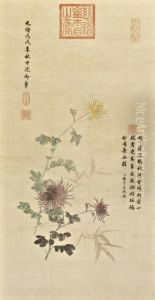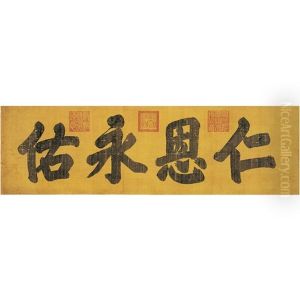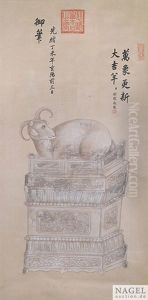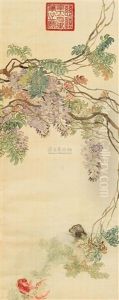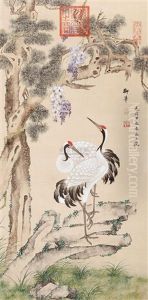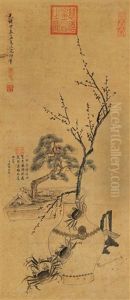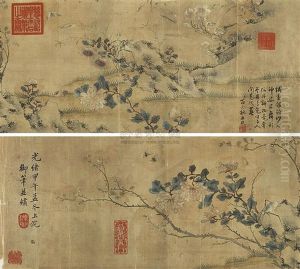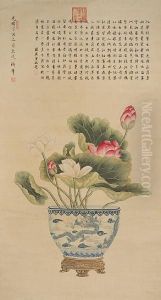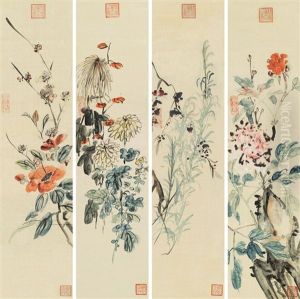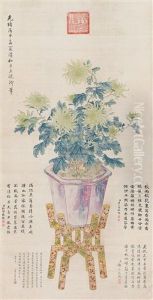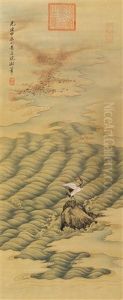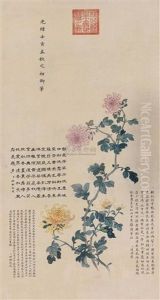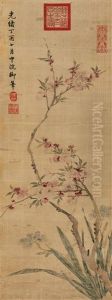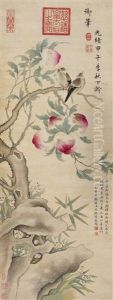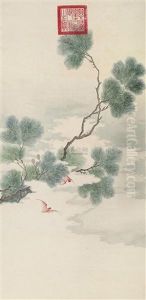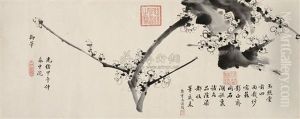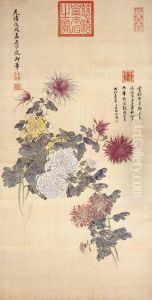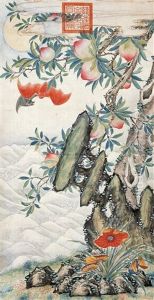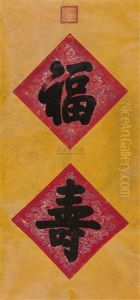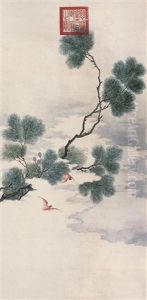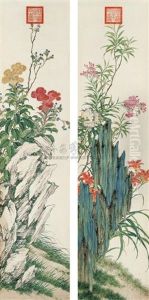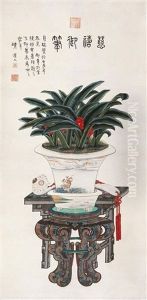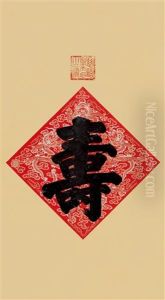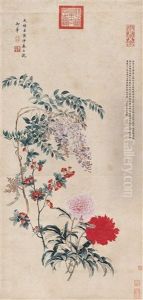Empress Cixi Manchu-Chinese Paintings
Empress Dowager Cixi, also known as Tz'u-Hsi or Hsiao-ch’in, was not an artist by the conventional definition, but rather a powerful and controversial political figure in the late Qing Dynasty in China. Born on November 29, 1835, in Beijing, Cixi came from a relatively modest background within the Manchu Yehenara clan. At the age of 16, she was selected to be a concubine for the Xianfeng Emperor, and after bearing him his only surviving son, the future Tongzhi Emperor, she rose rapidly in rank.
Following the death of the Xianfeng Emperor in 1861, Cixi, leveraging her position as the mother of the heir, orchestrated a coup against the regents appointed by the late emperor. She established herself as the co-regent for her young son, beginning a de facto rule that would last nearly half a century, which included her regency for her nephew, the Guangxu Emperor, after her son's premature death.
Cixi's reign was marked by her conservative stance towards modernization and reform. While she did support certain improvements such as the establishment of a modern navy and the Self-Strengthening Movement, she is more famously known for her opposition to the Hundred Days' Reform in 1898, a progressive movement led by the Guangxu Emperor and reformists that aimed to rapidly modernize China's institutions and governance. Cixi placed the emperor under house arrest and reversed the reforms, which some historians argue contributed to the eventual downfall of the Qing Dynasty.
Cixi's role in the arts was more as a patron and symbol rather than as a practitioner. Under her influence, traditional forms of art such as Peking opera flourished, and she is known to have enjoyed and promoted this form of entertainment extensively. Cixi was also photographed in a series of portraits that became iconic, contributing to the visual culture of the era. These images, often showing her adorned in imperial robes with elaborate headwear, have become a lasting part of her legacy, reflecting both her political power and her influence on the cultural aesthetics of her time.
Empress Dowager Cixi passed away on November 15, 1908, just a day after the Guangxu Emperor, marking the end of an era. Her death came only a few years before the 1911 Revolution, which led to the fall of the Qing Dynasty and the establishment of the Republic of China. Despite her death, the debate over her legacy and her impact on Chinese history continues among historians and scholars.
